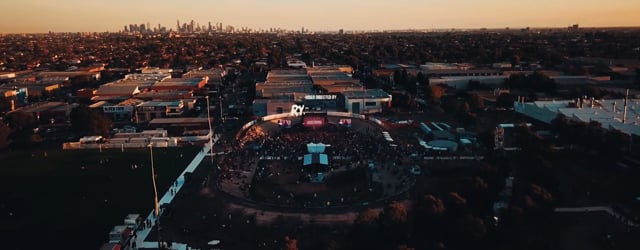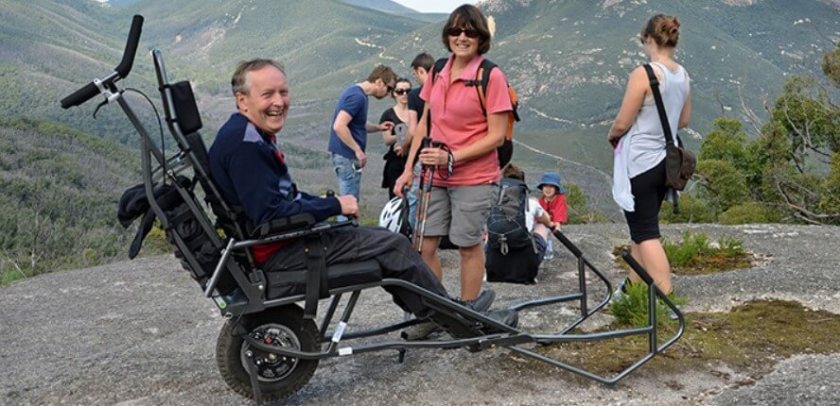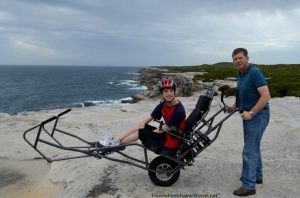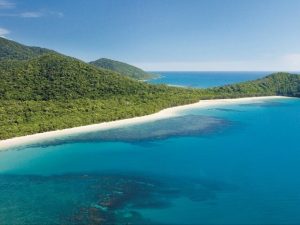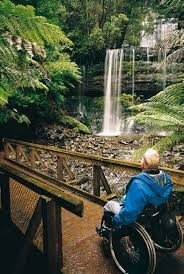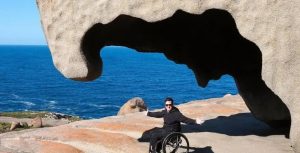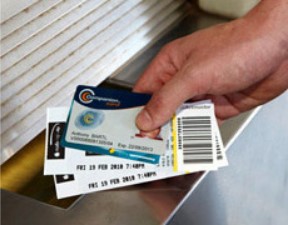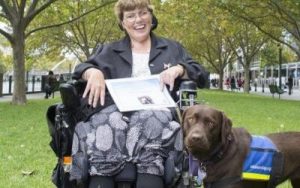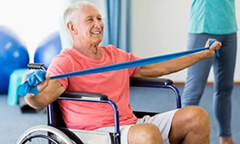Our drive from wheelchair conversions are the ultimate option for active individuals who want to take back control of their life. Featuring automated entry and tailored driving controls, a drive from wheelchair vehicle allows you to travel for work or pleasure without the need for assistance.
Before you can drive off into the sunset, you’ll need to obtain the appropriate approval or conditional driver’s licence and be able to use all the car modifications with confidence and safety. Together with your Occupational Therapist (OT) and carer, our team of mobility consultants are available in each State to provide support with getting ready and learning to drive your new car.
Once you’re on the road, freedom and independence are all yours – woohoo!
However, getting out and about on your own as a wheelchair user does bring some challenges. Below are our top tips for driving from a wheelchair to help you remain happy and safe at all times:
1. Plan your journey:
While many shopping centres, cafes and restaurants, GP’s and hospitals now provide disability parking and wheelchair access, there are still some that don’t. Do your research before leaving home, especially if you are going somewhere new and are unsure of where to park or access the building. You can usually find this information by doing a Google search or calling and speaking to the venue directly.
Also, keep in mind that directions provided on apps like Google maps, are not always straight forward or easy to understand. Having to check your map as you drive can be distracting, dangerous and create further unnecessary stress. If you’re driving somewhere for the first time, it might be a good idea to familiarise yourself with the route in advance. Planning ahead as much as possible, will help you avoid any surprises or disappointments on your journey and at your destination!
2. Maintain your WAV (wheelchair access vehicle):
It’s important to undertake all recommended maintenance and servicing of the vehicle and the mobility equipment, which are both usually annual inspections, to make sure it’s all running smoothly and safely at all times.
In partnership with Pedders Suspension and Brakes service centres, we offer a nationwide network of over 120 service and repair locations as well as our 24-hour emergency contact number to help make sure your vehicle stays on the road and in peak running condition!
Remember to also regularly check the windscreen wipers, water, battery and oil. If you’re unable to check these yourself, ask a family member or a friend for help in between official services.
3. Maintain your wheelchair:
Maintaining and looking after your wheelchair is just as important as servicing your car. Having something go wrong with your wheelchair while you’re away from home can be inconvenient, time-consuming and impact your overall health and wellbeing.
Get your wheelchair serviced regularly and buy yourself a repair kit to have in the car in case anything does go wrong. You can even learn to perform simple repairs and maintenance yourself! This is particularly important if you’re going away on a longer trip or holiday.
4. Check the weather:
If you have difficulty regulating your body temperature or experience poor circulation, getting caught off guard with a sudden and unexpected change in weather like extreme heat can present additional challenges and upset your day. Weather conditions like snow may also require additional preparations for your car, such as fitting suitable tyres.
While they don’t always get it right (especially in Melbourne!), checking the weather forecast before leaving the house is a good idea, particularly if you’re planning to be away for an extended period of time.
Some items you might like to keep in the car, in case of a sudden change in temperature includes an extra jacket and scarf or warm blanket, hand and foot warmers, an umbrella or poncho, a flashlight, first aid kit, bottle of water and snacks such as muesli bars or jellybeans.
5. Call for backup:
No matter how careful or organised you are, things can and do go wrong – you just never know what can happen while you’re out on the road or even when you’re away from your vehicle.
Make sure you have a fully charged mobile phone and a charger in case of an emergency. Have key contacts programmed into your speed dial and enable voice activated services like Siri in case you can’t get a hold of your phone. Another useful tip is to have an entry in your phone directory called ICE (In Case of Emergency) which can be used for easy contact of people who you need. Keeping some spare change in the car can also be handy in case you need to use a payphone or pay to use a public telephone.
Finally, letting someone like a family member, friend or carer know where you are going and asking them to check in with you, if you take longer than expected is also a good idea.
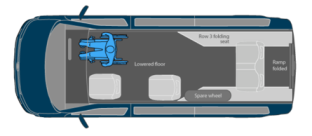
Naturally, getting in and out of a car with a wheelchair does take a little longer, so one last quick tip for today is to take advantage of any bathroom breaks before rolling into the driver’s seat of your wheelchair converted car…
Want to know what it’s really like to drive from a wheelchair? Watch this video testimonial from Robyn and Wayne and read the blog Making life easier for Christine on our website.
Call our friendly team on 1300 660 773 if you’d like more information about our drive from wheelchair conversions and arrange an obligation free demonstration and consultation via video chat or at your home.

